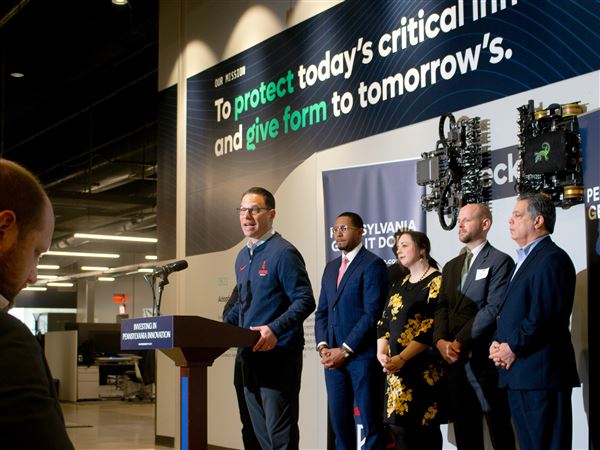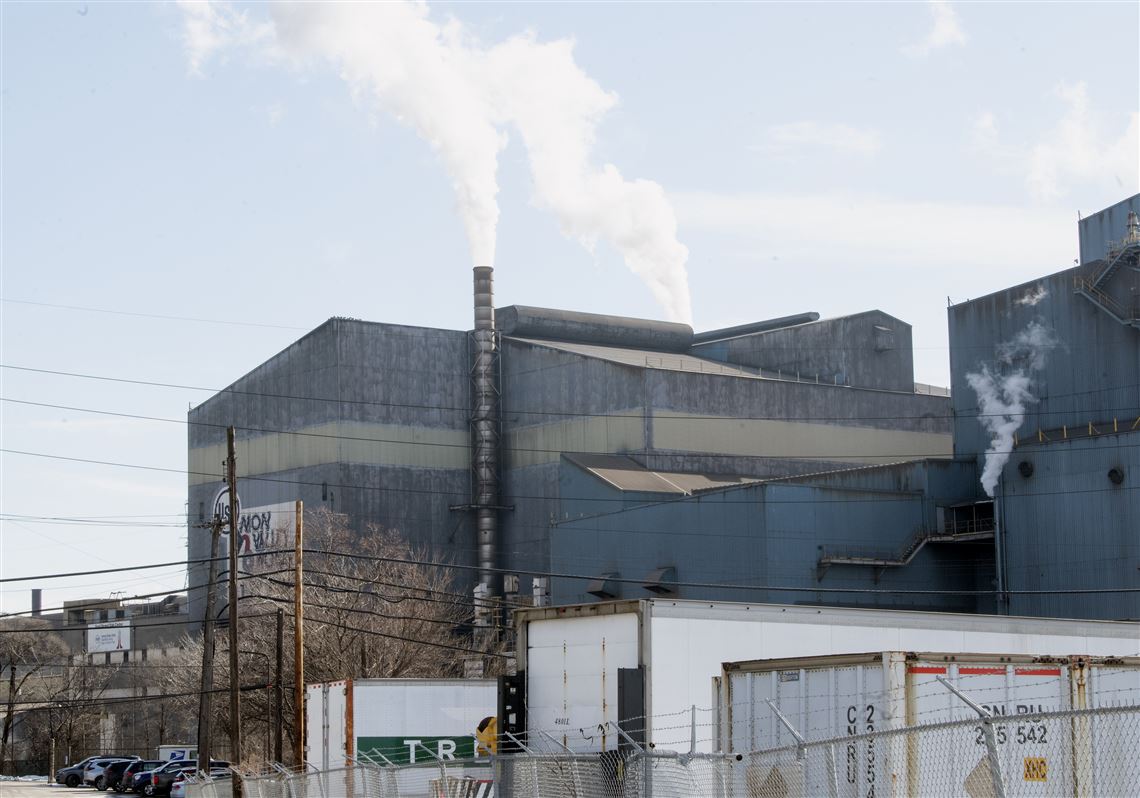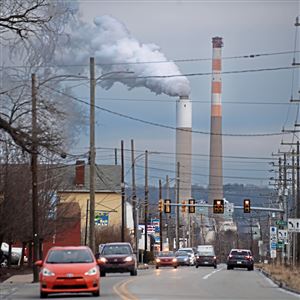The Allegheny County Health Department released its 2021 air quality data Monday in a new report available online. The department said it was trying to make community data more accessible by presenting the report in “plain language.”
“We recognize that understanding all of the various aspects of air monitoring can be challenging, which is why we undertook this effort to break down the science of air quality in a way that is more easily understandable,” said Geoff Rabinowitz, the deputy director of the Allegheny County Bureau of Environmental Health.
Dr. Debra Bogen, director of the Health Department, noted that the region is “still dealing with the environmental impact” of its smoky industrial history.
The report provides data on how the county did on air quality standards set by the Environmental Protection Agency and the Pennsylvania Department of Environmental Protection. It also clarifies key terms, like particulate matter and Air Quality Index. The report delves into the history of air quality regulation in the region, citing relevant laws like the Clean Air Act of 1970, as well as how the Air Quality Program works to set standards.
Air quality is monitored at nine permanent stations and 12 temporary sites throughout the county.
One new element in 2021, called the “Mon Valley Air Pollution Episode Rule,” was added to respond to days with high levels of particulate matter pollution (PM2.5) that are often associated with surface temperature inversions, which are weather conditions that can trap pollution close to the ground.
In 2021, the Health Department installed new infrastructure to better track harmful air particles, began a study to measure “volatile organic compounds” like hydrogen sulfide and certain toxic metals, and increased enforcement of asbestos monitoring before demolition projects.
The American Lung Association reported in 2022 that Pittsburgh still ranked #14 for year-round particle pollution, but recent data from the Health Department suggests that Allegheny County has had a string of many “good” air quality days this year.
Matthew Mehalik, executive director of the Breathe Project, which advocates for healthier air for the Pittsburgh region, called the report “a mixed achievement,” taking issue with how some of its data was presented.
“The bottom line is that our region still has air quality challenges that can impact public health negatively,” he wrote in an email.
Dr. Bogen offered much the same message. “Our region is dedicated to cleaning our air,” she wrote in the report. “While that dedication and work has brought great progress, there is still more work to be done.”
Hanna Webster: hwebster@post-gazette.com
First Published: August 15, 2022, 10:06 p.m.



















